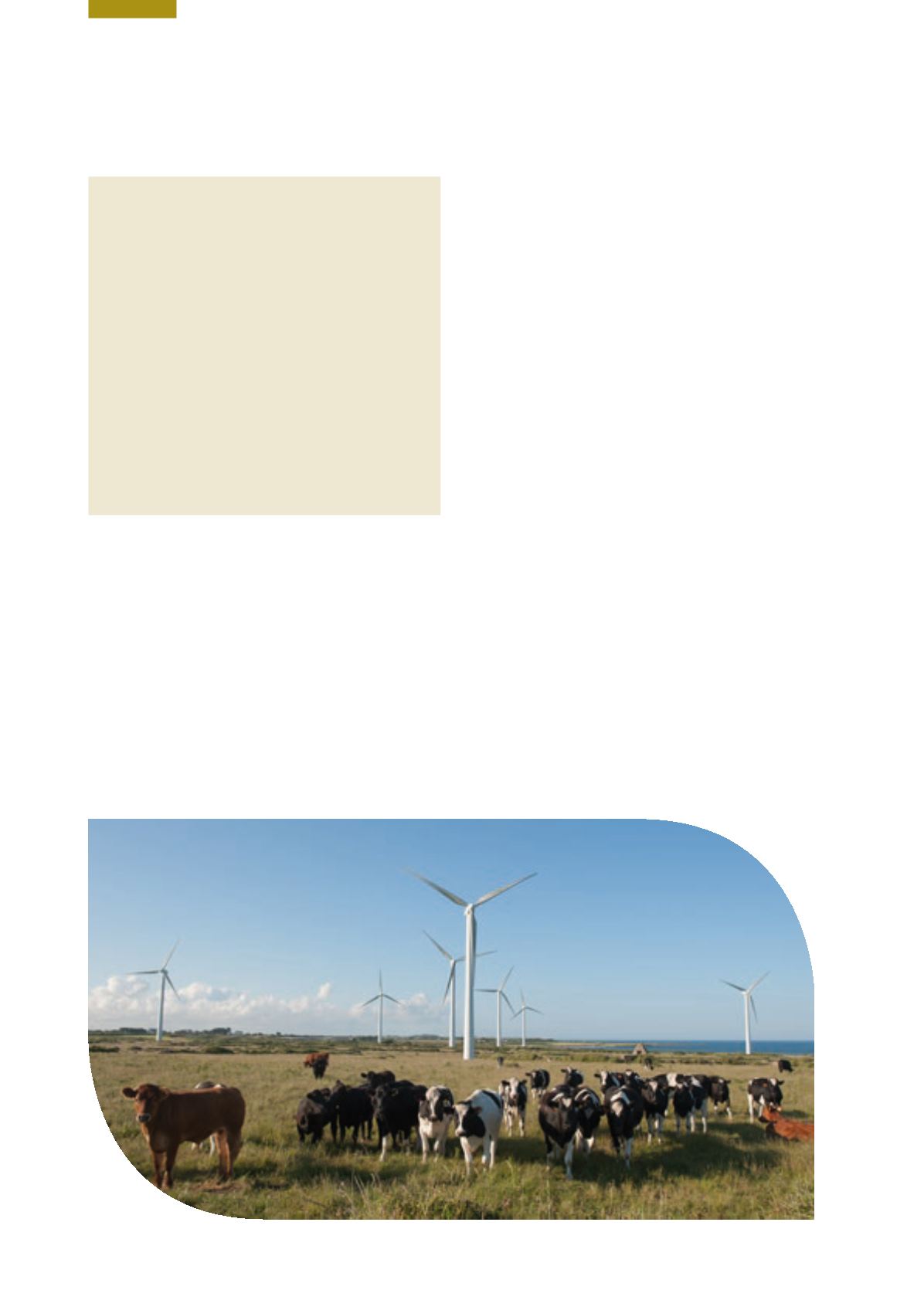

Ireland’s Environment – An Assessment 2016
182
Case Study of the Aran Islands’
Sustainable Energy Community
Over 350 homes and community buildings on the
Aran Islands, two-thirds of the total, have undergone
complete energy upgrades, involving improvements
in insulation and installation of efficient heating
systems, with support from the SEAI. This is resulting
in more comfortable homes and lower energy bills,
with total annual energy savings accruing to the
islanders of €250,000. A trial of electric vehicles has
also demonstrated how transport fuel needs can be
dramatically reduced. Analysis shows that energy
imports could be reduced even further by replacing
heating systems with heat pumps powered by wind or
wave energy in the future.
www.seai.ie/News_Events/Press_Releases/2015/Aran-Islands- Take-Action-to-Eliminate-Fossil-Fuel-Dependence-.htmlFuture Energy Distribution Systems
There needs to be a clear vision of the future:
multifunctional and Smart energy management
systems for Ireland.
Ireland’s energy distribution systems need to be upgraded to
ensure that they are fit for purpose for this century. Future
energy distribution systems will need to be responsive
to diverse user needs, flexible to new and emerging
technologies, and resilient and robust in the face of increasing
climate change impacts. The transition from centralised and
fossil-based energy to more distributed and renewable-based
energy systems poses challenges for existing grids and energy
infrastructures which will need to be addressed.
It is also important that future grids are developed in a
manner that enables positive community engagement.
Further interconnectivity with the UK and Europe is
also needed. The cross-border Renewable Integration
Development Project is currently working to identify the
optimum configuration of the electricity transmission
grid in the north and north-west of the island to cater
for renewable energy sources. Similar development and
investment will be needed on an all-island basis to achieve
the required decarbonisation of energy systems.
The transition process will be challenging for existing
infrastructures and systems, significant elements of
which are likely to need to be replaced. This process
needs to be carried out in a manner that addresses
the technical issues associated with the transition
to a grid system that is fit for renewables, including
microgeneration. Societal, institutional and socio-
economic barriers also need to be addressed. Overall
continued investment in the network and smart energy
management systems is essential to meet customer and
citizen needs. Clear information to inform consumer
decisions over short, medium and longer timescales is
needed. Future incentives and technical innovations
in grid management systems are required to allow
microgeneration to expand and to enable electrification
of heat and transport. Central to this is a clear vision of
the future multifunctional grid for Ireland.
Current plans for Ireland’s future energy system include
“Grid25”. This is a high-level strategy outlining how
EirGrid intends to undertake the development of the
electricity transmission grid in the future, to support a
long-term sustainable and reliable electricity supply. The


















